
7 minute read
MARINE CONSERVATION
Seapen in Sea Lough, Alex
Mustard. Sea floor sediments act as carbon sinks and offer habitat for so-called epibenthic (species that life on the seafloor) organisms such as this seapen. Seapens are very vulnerable to damage from bottom trawling or dredging.
With public consultation on the new report open until 30th of July, now’s the time to have your say writes Regina Classen, IWT Project Officer
Expanding Ireland’s
Marine Protected Area Network
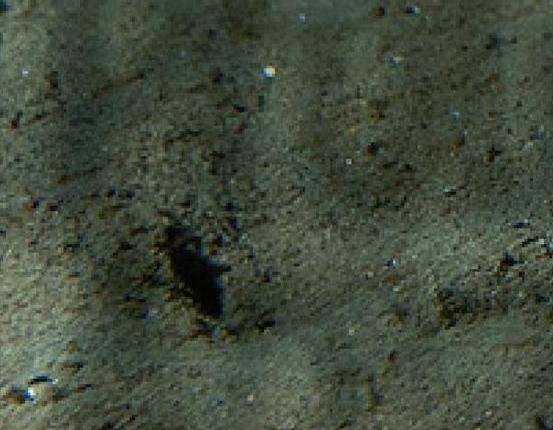
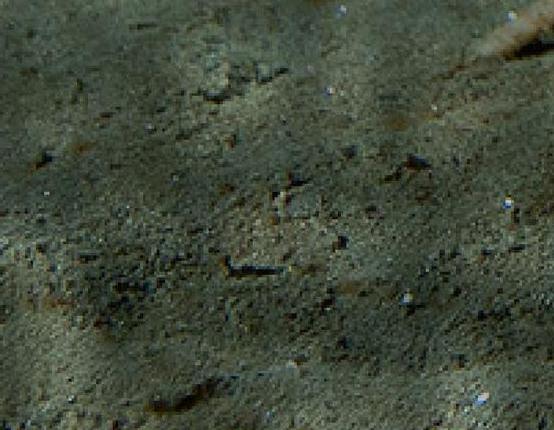


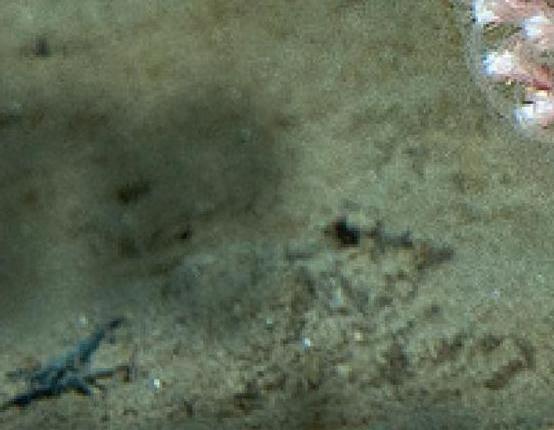


Background


Currently, only a very small proportion (2.1%) of Irish seas are nominally protected. The government considerably missed its target to protect 10% of Irish waters by 2020. Now, the new target is to protect at least 30% of the Irish marine region by 2030. This is in line with the EU Biodiversity Strategy which is supported in the Programme for Government.
At the moment, Marine Protected Areas (MPAs) consist of Special Areas of Conservation (SACs) and Special Protected Areas (SPAs). You can find these types of protected areas dotted all around Ireland, including around our coastline and a few far out at sea. These areas have a bad reputation among fishermen for having been designated top-down by Government without much consultation. They have an even worse reputation among environmentalists and concerned locals for being utterly meaningless tick-box designations with little management and effectively no demonstrable benefit for biodiversity (the environment is in fact deteriorating inside these areas). This is an EU-wide problem, as these areas were designated under EU law and Member States have been reluctant to implement the underlying legislation properly. After several court cases taken by environmental groups, countries like the UK have finally implemented some useful management measures, but proper protections are still few and far between. Earlier this year, Greenpeace dropped several large granite boulders into an MPA to stop protected sandbanks from being pillaged by bottom trawlers. The UK, however, has already designated nearly 30% of its seas as protected areas in a network of SACs, SPAs and nationally designated sites. This means that environmentalists there can now push to get better management of those areas. Ireland, however, is about a decade behind in designations, so it’s important we get it right first time. We simply don’t have a decade to argue over management measures of poorly designated sites – the biodiversity crisis is affecting our ocean too and we need to act fast. This is where the new MPA report comes in.
Commissioned by the Government, The detailed and informative 200 pages (+annexes) report on 'Expanding Ireland's Marine Protected Area Network' was written by a group of academics and MPA experts. ', which will inform the process of new MPA designations.



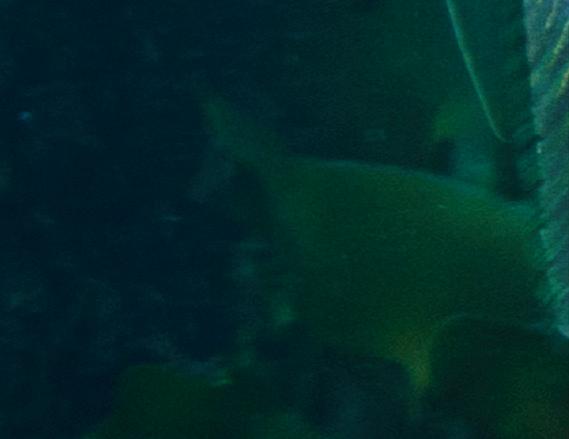




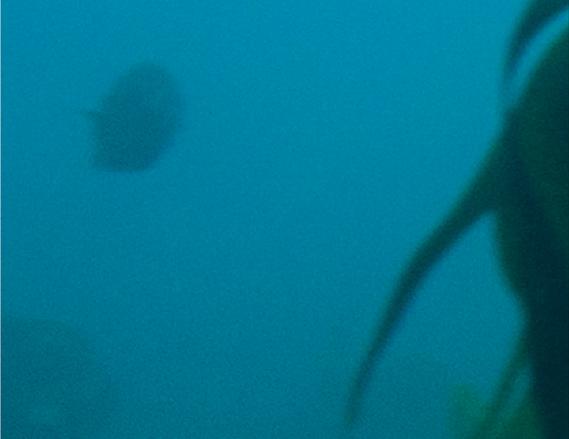
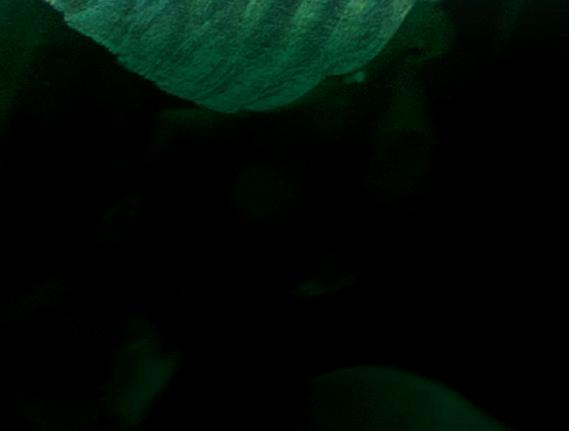






What does the report say?
The report gives a very thorough overview of the present situation in Irish waters and lays out the gaps and weaknesses of our current MPA network. The report also identifies benefits and socioeconomic impacts of MPAs and sets out a clear path to expanding Ireland’s network of protected areas with a series of good recommendations. We particularly like the notion that Ireland needs a new MPA agency which will coordinate the designation and management among different government departments. We also fully support calls for more resources and the idea for ‘research and restoration MPAs’, which will be useful to build a scientific baseline of what the marine environment looks like in the absence of any pressures. These research and restoration MPAs would be invaluable reference sites for science and to inform MPA management.
The report also suggests a definition of an MPA which is to be enshrined in Irish law for the first time. According to the authors, an MPA is “a geographically defined area of marine character or influence which is protected through legal means for the purpose of conservation of specified species, habitats or ecosystems and their associated ecosystem services and cultural values and managed with the intention of achieving stated objectives over the long term.”
Why we need MPAs
MPAs are now more important than ever. Sea life faces many threats, from industrial fishing and aquaculture to renewable




Cod in Kelp, Alex Mustard. Kelp form underwater forests which offer vital nursery and spawning habitat for sea life


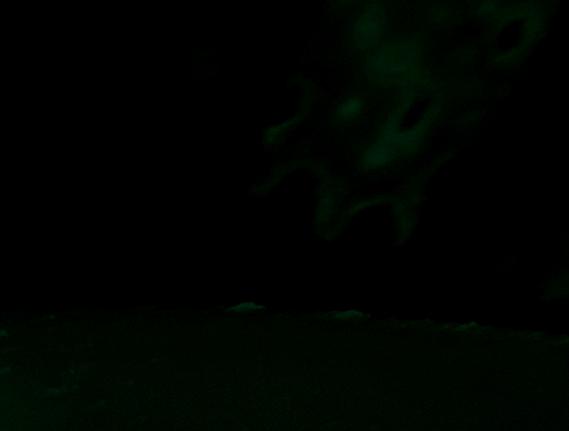

energy production, pollution and climate change. We want the Irish government to achieve their target of protecting at least 30% of Irish seas by 2030 – but we want to see a network of highly protected areas that are coherent, representative, connected and resilient and that facilitate ocean recovery. If you have been following our Bigger & Better MPA campaign, you will be aware that Ireland’s current protected areas do none of these things. The report’s authors go into detail on the health of our marine environment and aptly describe the ‘sliding baseline syndrome’ which occurs as the threshold of what we consider to be a ‘normal’ ecological condition is constantly lowered. While the current status of Ireland’s marine environment is extremely degraded compared to historic baselines, most people do not realise that these conditions are abnormal because they have never experienced them any differently. This is an important admission because we need MPAs not only to protect, but indeed restore and recover what has been lost over decades of industrial fishing.
A groundbreaking study published in March 2021 found that bottom trawling released as much carbon as the entire aviation industry. Marine sediments are the largest carbon sinks in the world and would normally remain undisturbed for long periods of time. Fishing gear that gets in contact with the seafloor, however, can release this carbon. Crucially, the study noted that if we protect certain areas of the ocean from harmful fishing, we can safeguard marine life, boost seafood production and reduce climate emissions. That’s a lot of win-wins!


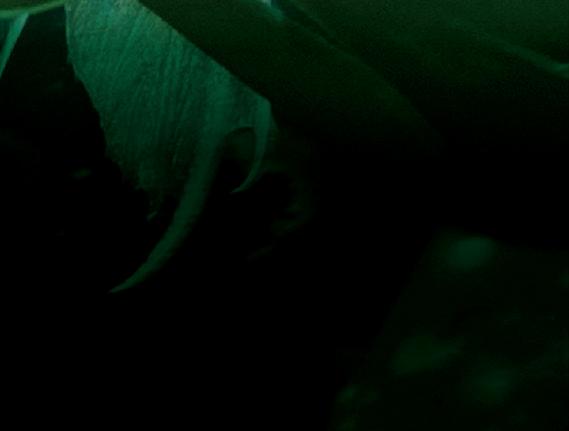



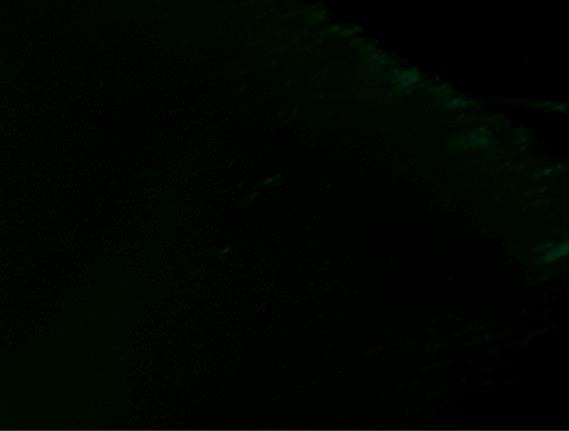


Our plans to highlight this consultation
We want to make sure that the public is as engaged in this consultation process as possible and we will hold the Government to account should it fail to deliver on marine protection once again. The Irish Wildlife Trust is therefore calling on everyone to make a submission to this public consultation. Our decision-makers need to know that healthy oceans are non-negotiable if we want to tackle our twin climate and biodiversity crises. To make engagement as easy as possible, we summarised our views of the report on our website at www.iwt.ie/action. You can simply copy and paste our draft submission or send in your own thoughts. Step by step instructions and a link to the official consultation and report can also be found on our website. The deadline for the consultation is 30th of July 2021. We hope you’ll get involved!.










